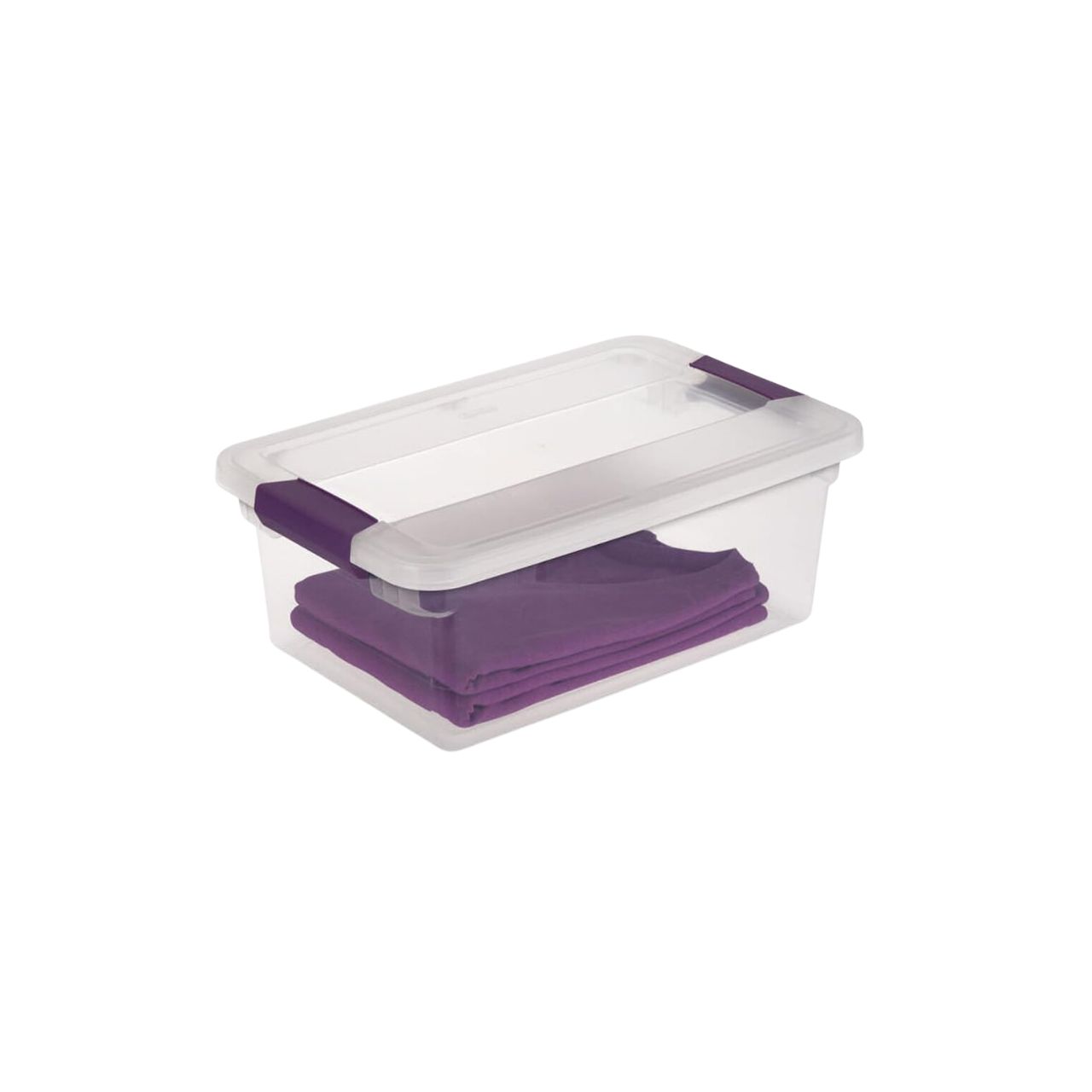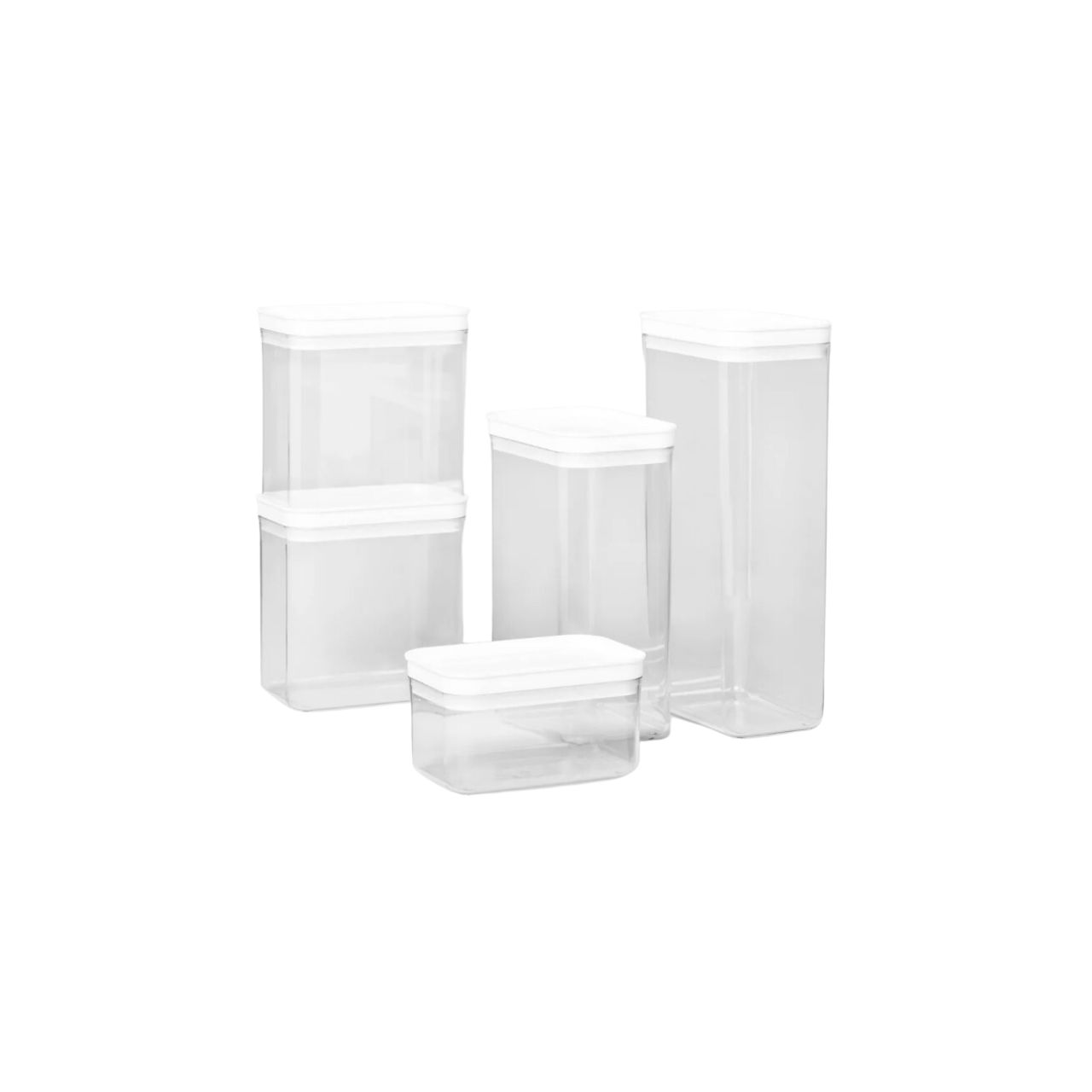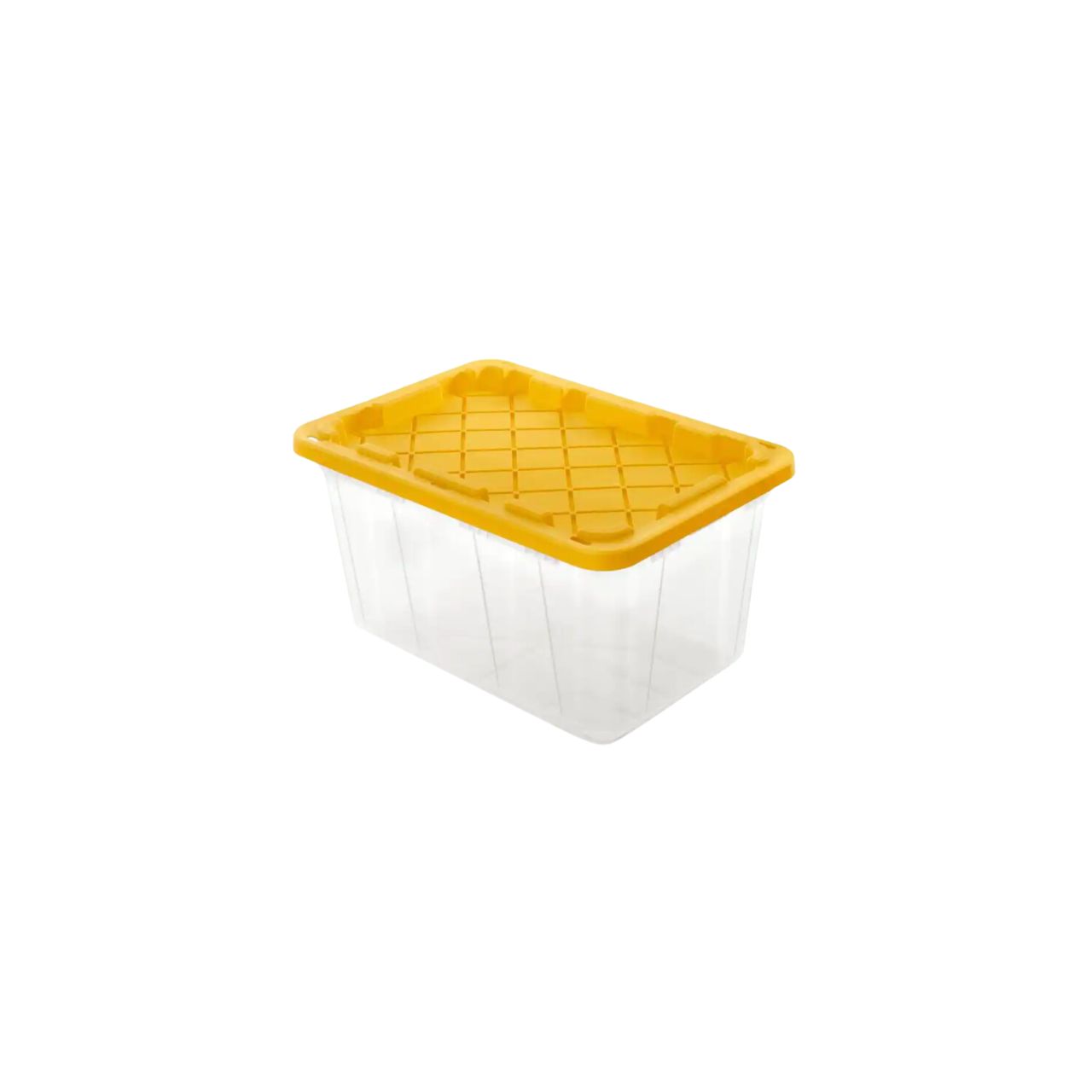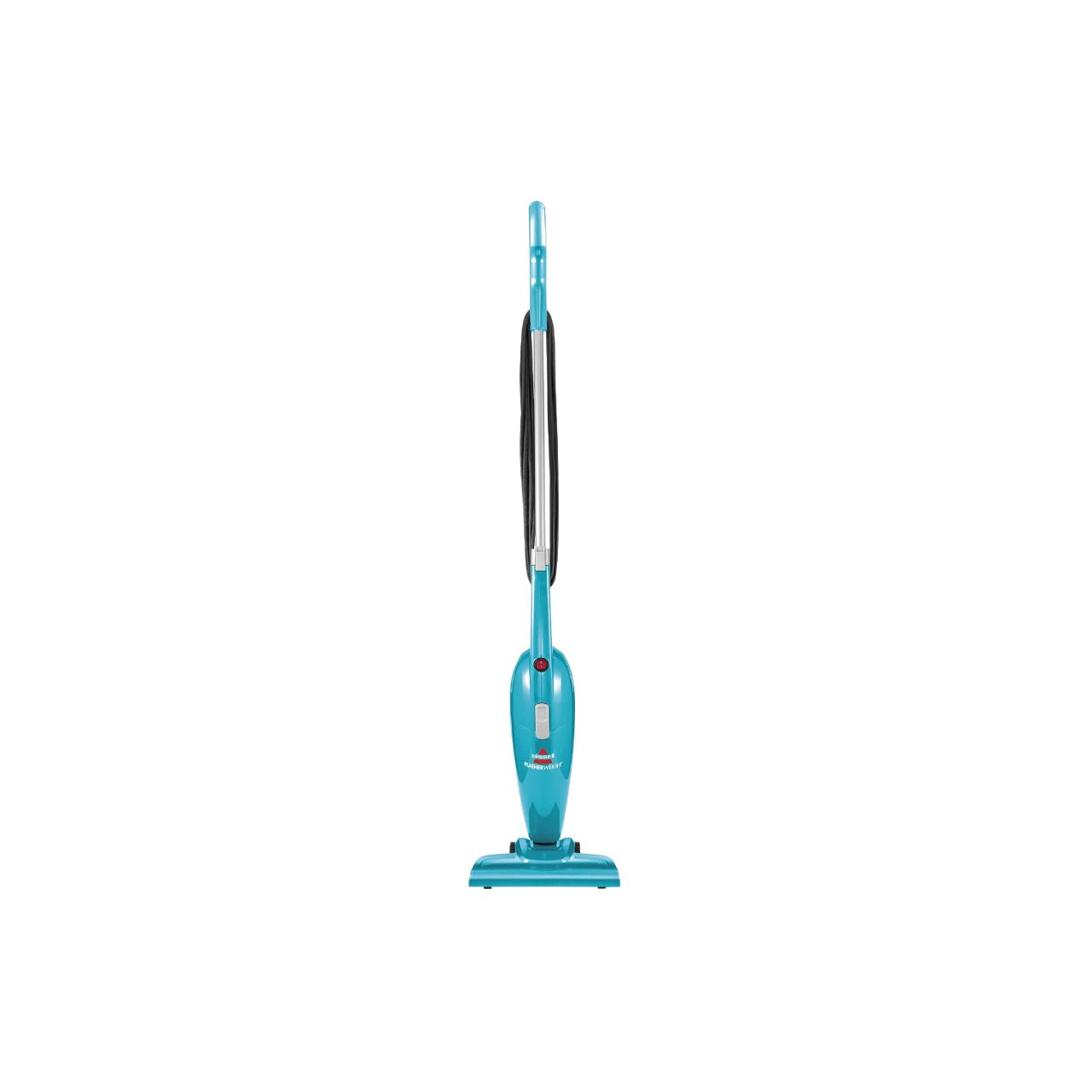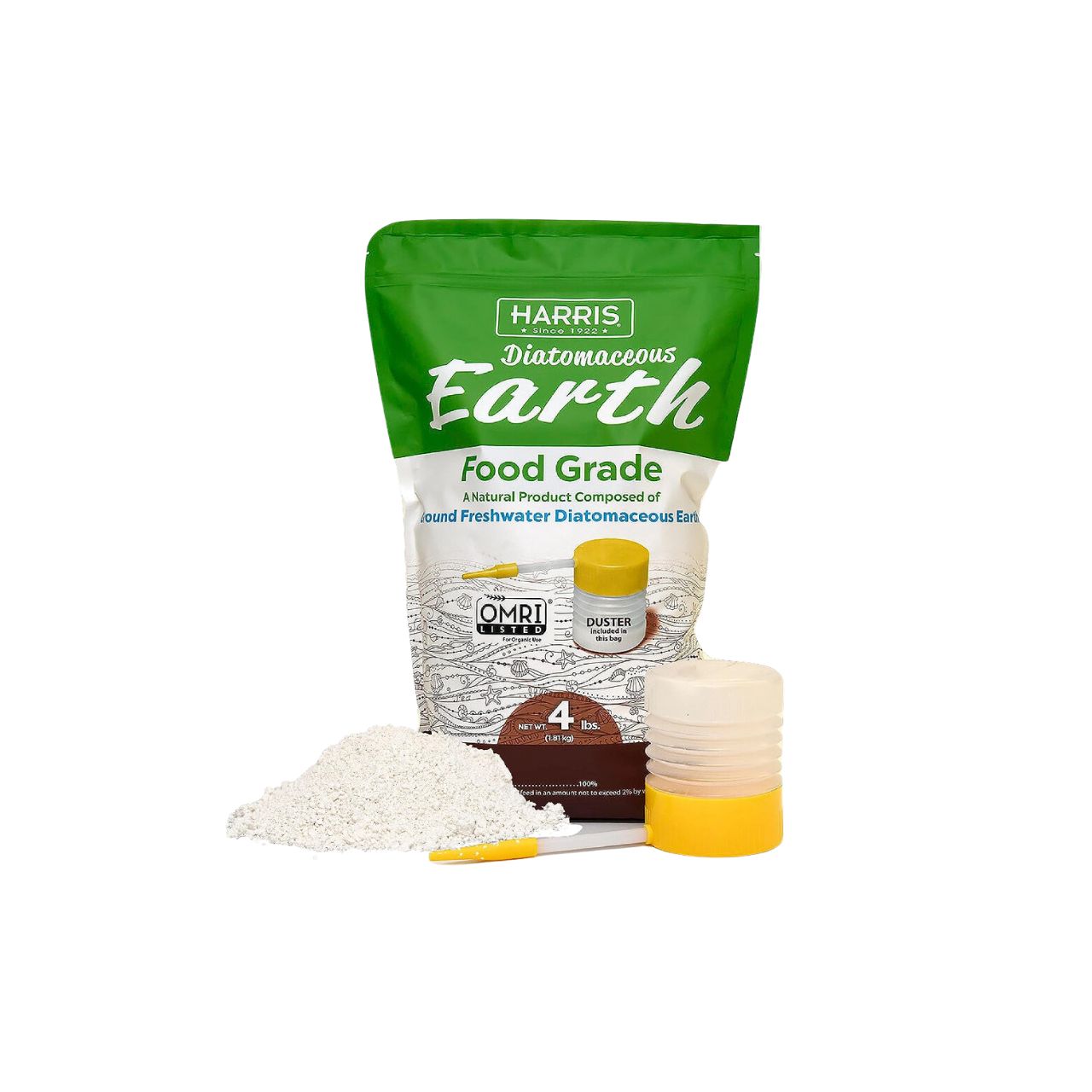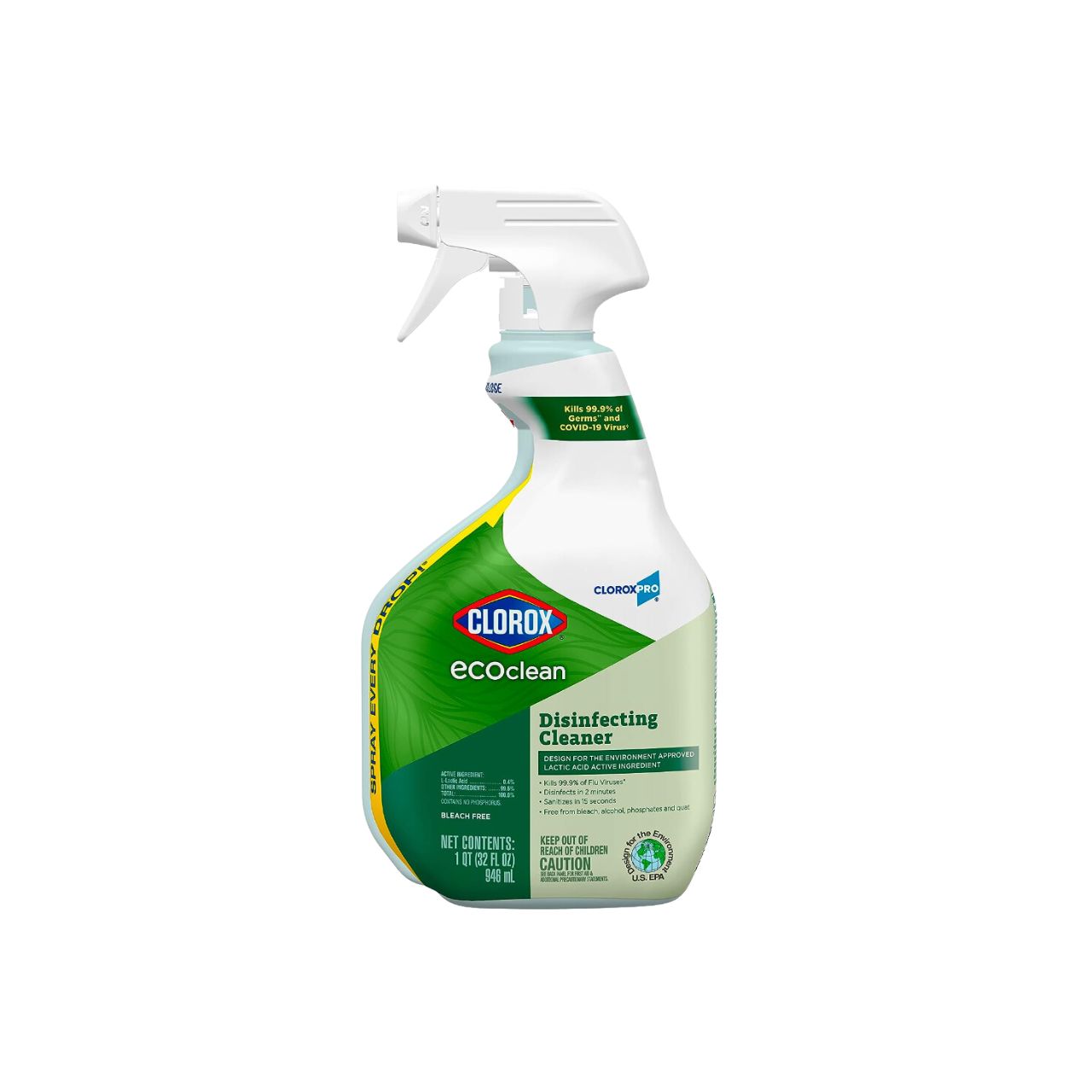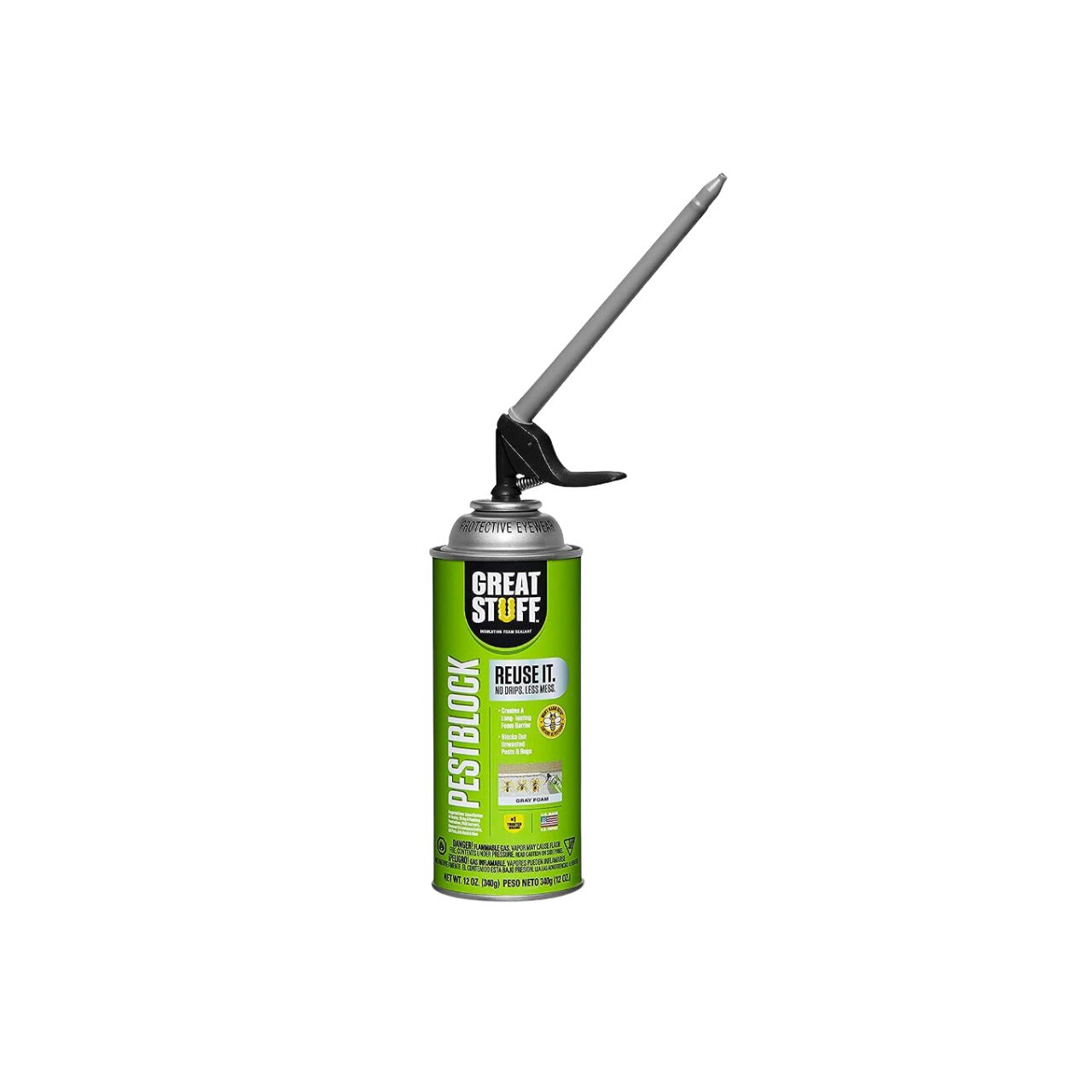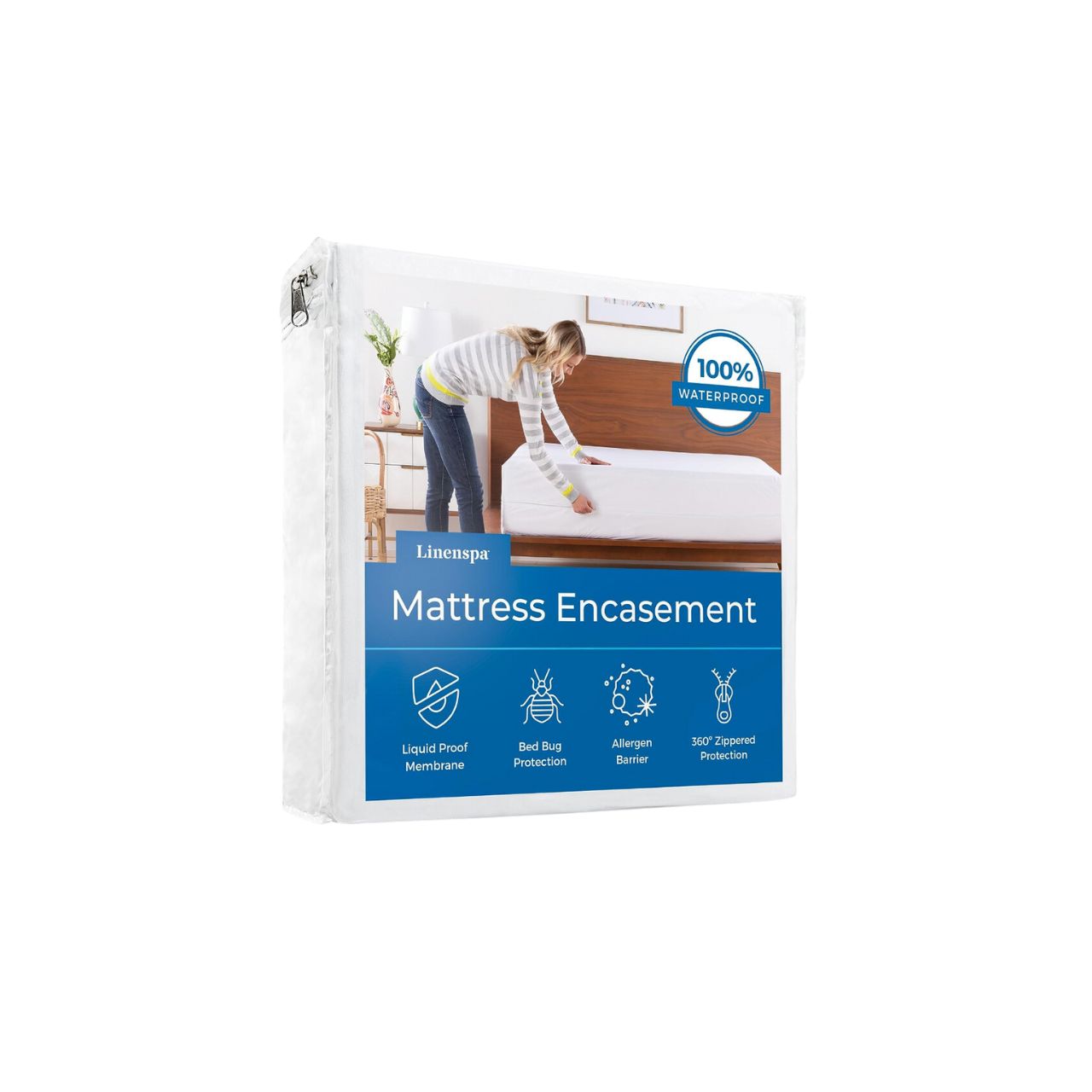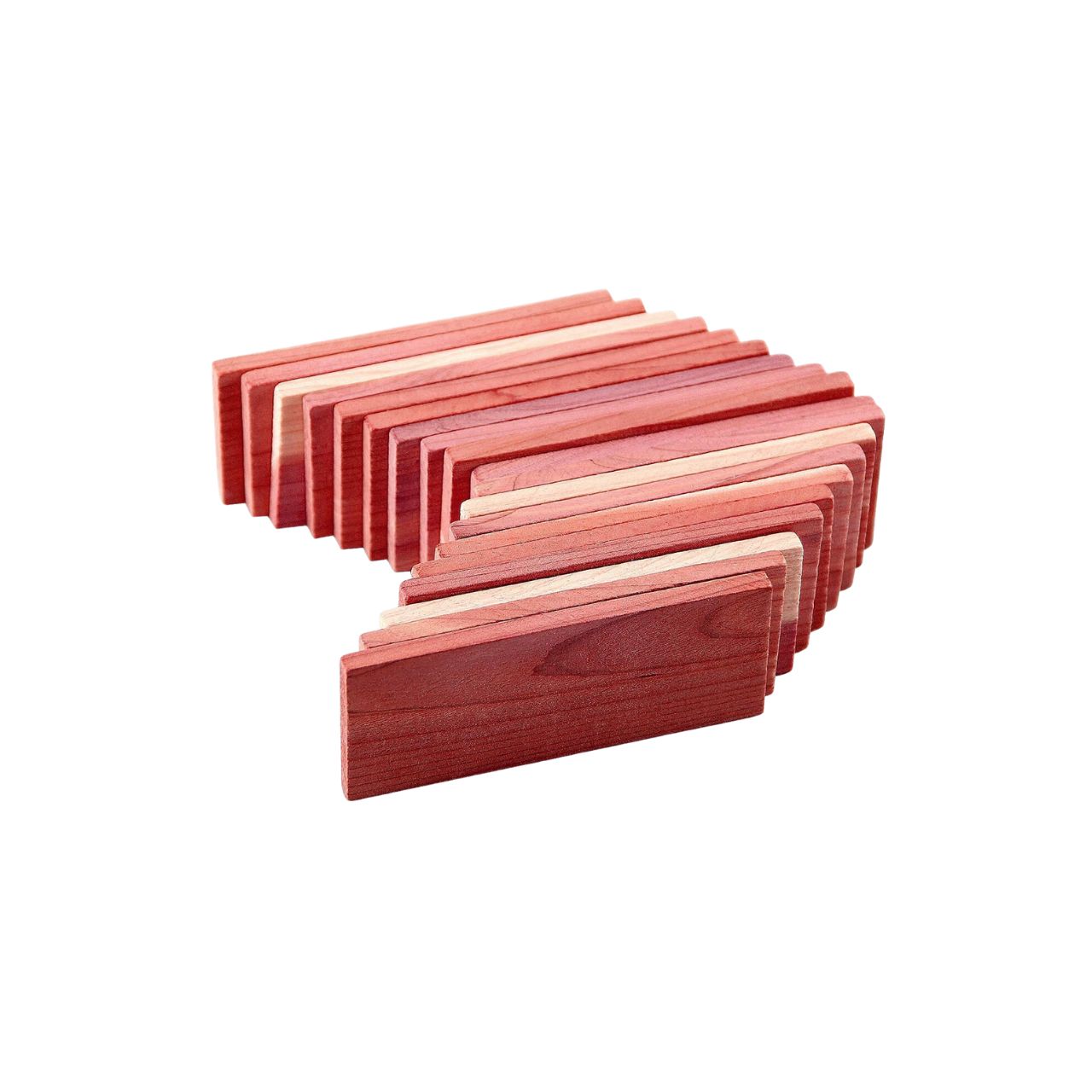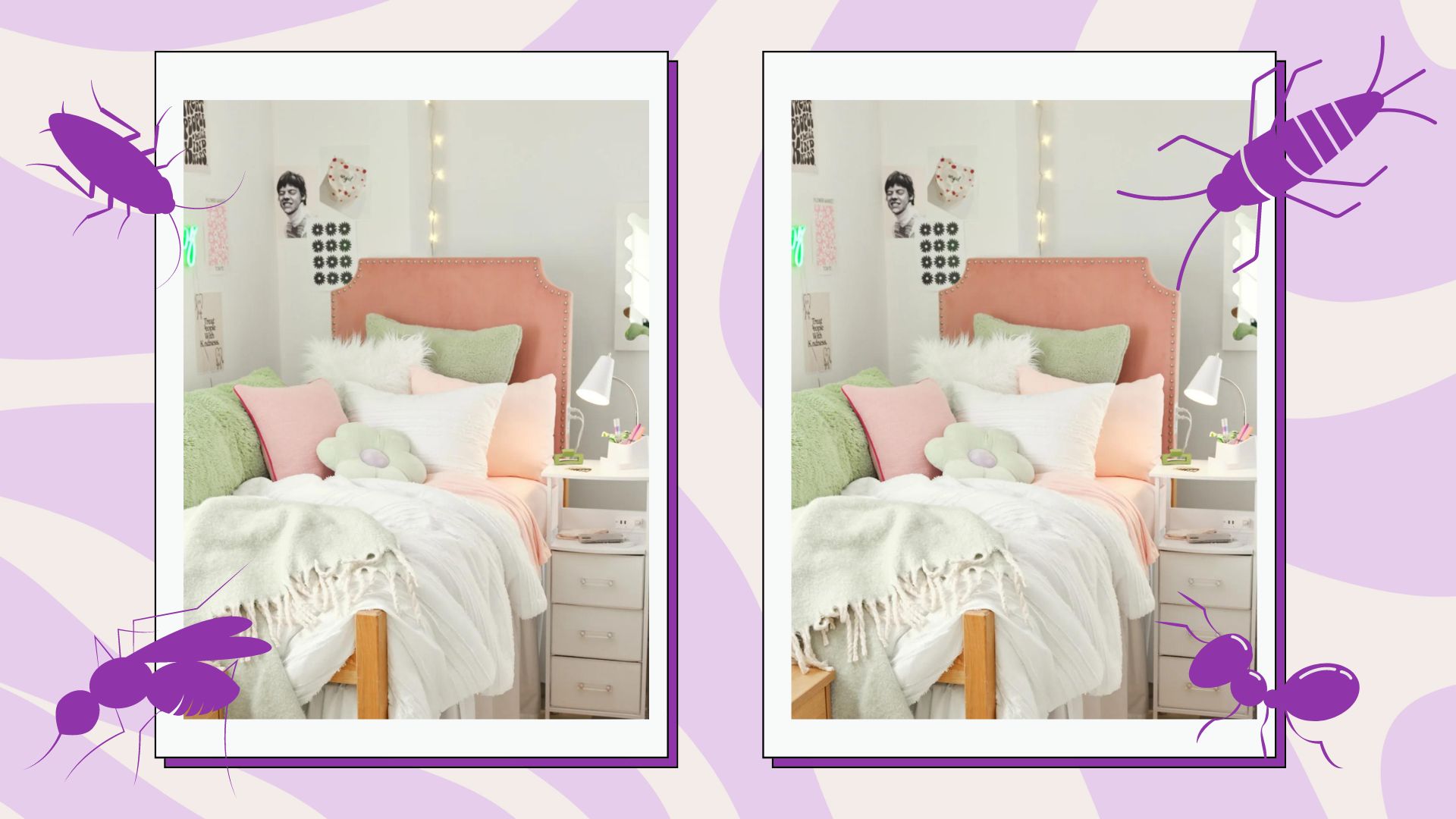

Picture this: You're nestled in your bed, book, and ramen in hand, when a creepy crawler with more legs than you can count invites himself in for some crumbs. NO THANK YOU!
A gross but necessary topic: getting rid of pests in a dorm. While enjoying the fun stuff, like curating a dorm photo wall and channeling Barbie with playful, pink dorm room ideas, you're going to want to prepare for the potential unwelcome critter who's eyeing the fuzzy rug you snagged from Urban Outfitters. It never hurts to be prepared, friends.
How to get rid of pests in a dorm
If you thought having your roomie's lab partner in your room constantly was a nuisance, you definitely won't appreciate any pests, even if their stay is temporary. Fortunately, Jean Prominski, the founder of Seattle Sparkle, has some A+-worthy tips to help keep those multi-legged "friends" far away from your cozy setup.
1. Purchase airtight containers
We cannot stress the importance of airtight containers enough, especially if you're planning on keeping food in your space. Critters won't have a chance of getting into your snacks, or any other items for that matter if they're properly sealed.
2. Inspect before thrifting (and move-in)
If you and your suitemates feel inclined to shop second-hand items, be very cautious with what you bring into your new home away from home.
"Before bringing in any second-hand things, make sure to inspect them for bugs, or their eggs or excrement," Prominski warns.
On move-in day, make sure to do a thorough examination of your mattress, desk, drawers, closets, and so on. Who wants to put clean sheets or garments on a surface that's already been claimed by bugs? Not us!
3. Create a cleaning schedule
We know the semester gets busy, and quickly, but it's essential to carve out some time on a regular basis to keep your dorm room tidy. Not only is it aesthetically pleasing, but it keeps the occupancy down to just you and your roomie — no icky creatures.
"The main things to do when trying to prevent pests are to keep your food sealed, take the trash out regularly, don’t allow for rotting food, and keep your room clean," Prominski recommends. "Don’t let things get too cluttered, because that will give pests good hiding places. Vacuum and wipe surfaces down often."
If you need a little extra help, we've assembled an extensive list of dorm cleaning supplies *and* a dorm cleaning schedule all roomies will be able to realistically tackle (even during midterms).
4. Know who to contact
RAs can get bad rep, but when things go south, you're going to need someone in your corner (and we're not talking about that silverfish).
"If pests become an issue, contact your RA to follow their protocol," Prominski recommends. "If you’re having an issue, it’s likely others are having an issue, and your building’s maintenance team may need to fumigate or call in an exterminator."
Before the semester starts, make sure to have the RA's number in your cell, as well as the contact info for the housing department at your school.
5. Come prepared
While you're stacking up those cleaning supplies, a few extra critter-catered necessities could help you in the long run, especially if the building you're planning to reside in has faced issues in the past. Prominski has a few favorites.
"Diatomaceous Earth is a natural powder made of fossilized diatoms (they’re beautiful under a microscope!) that can be sprinkled around baseboards, or wherever you see the pests," she says. "It works really well for ants, silverfish, roaches, bed bugs, and earwigs. It's great because it’s safe for humans and pets."
Other fan-favorite items:
- Vacuum
- Disinfectant
- Great Stuff
- Mattress protector (bug-proof)
- Cedar and/or cedar and lavender
Even if you don't end up using these items (and hopefully you won't find a reason to) at least they're on hand. Better safe than sorry!
6. Know what *NOT* to do
So, it's easier said than done to deal with slimy, gross creatures, but Prominski carefully breaks down what attracts said creatures to an area and tells us how to avoid problems. Make sure your suitemates get the memo.
Bedbugs: Before bringing in any second-hand things, make sure to inspect them for bugs, or their eggs or excrement. If you do find yourself with a bed-bug infestation, wash your bedding really well, and seal your mattress with a bug-proof mattress protector.
Ants: Keep your food in air-tight plastic containers once the packages have been opened. If you do notice that you have ants, make sure to wipe down surfaces really well, often. Use diatomaceous earth, add some peppermint essential oil to cotton balls, and leave them where the ants tend to congregate.
Spiders: Search the exterior walls to see if there are any places where spiders could be coming in from outside and seal up the cracks.
Mice: Mice usually come in when there is a food source available. Mice droppings can be very dangerous, as the hantavirus is spread through wild rodents. Here are the instructions from the CDC to clean up after mice.
Moths: If you notice any evidence of chewing, you will need to be very diligent. You will need to take all your clothes out, vacuum all the corners of your wardrobe and drawers, and wipe everything down with a disinfectant. Use cedar or cedar and lavender in your closet.
Roaches and Silverfish: They both like damp spaces. If your room has a bathroom and/or kitchen, be on the lookout for any leaks, or spaces that seem perpetually damp. Report those to your RA. Also, make sure not to keep too many damp clothes in your hamper.
Join our newsletter
Get small space home decor ideas, celeb inspiration, DIY tips and more, straight to your inbox!

Pleasure to meet you! I'm Danielle, a content editor at Real Homes who loves scoping out interior trends. I've specialized in lifestyle writing and editing for 10 years with a focus on events, food, and books, among other areas. When I'm not working, I'm usually cooking, reading, or searching for a new project for my apartment.
